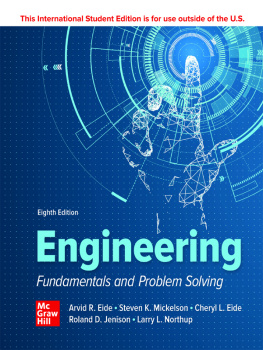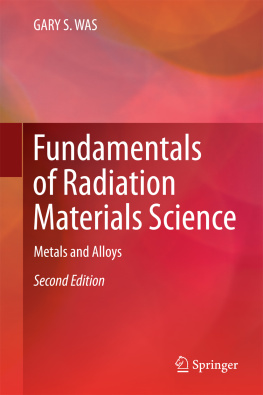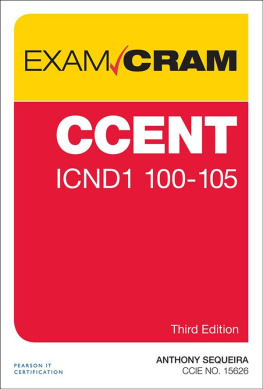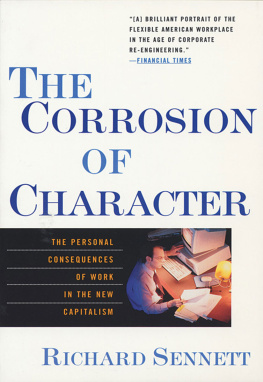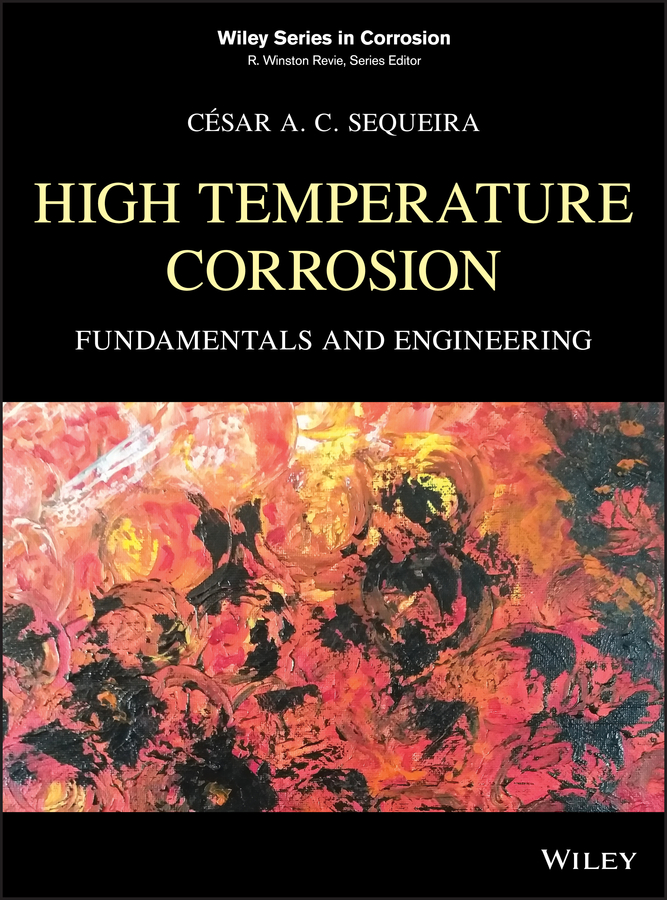
Table of Contents
List of Tables
- Chapter 1
- Chapter 2
- Chapter 3
- Chapter 6
- Chapter 7
- Chapter 8
- Chapter 9
- Chapter 10
- Chapter 12
- Chapter 13
- Chapter 14
- Chapter 15
- Chapter 16
- Chapter 17
- Chapter 18
- Chapter 19
- Chapter 20
List of Illustrations
- Chapter 1
- Chapter 2
- Chapter 3
- Chapter 4
- Chapter 5
- Chapter 6
- Chapter 7
- Chapter 8
- Chapter 9
- Chapter 10
- Chapter 11
- Chapter 12
- Chapter 13
- Chapter 14
- Chapter 15
- Chapter 16
- Chapter 17
- Chapter 18
- Chapter 19
- Chapter 20
Guide
Pages
High TemperatureCorrosion
Fundamentals and Engineering
Csar A. C. Sequeira
Instituto Superior Tcnico, Universidade de Lisboa, Lisboa, Portugal

Copyright
This edition first published 2019
2019 John Wiley & Sons
All rights reserved. No part of this publication may be reproduced, stored in a retrieval system, or transmitted, in any form or by any means, electronic, mechanical, photocopying, recording or otherwise, except as permitted by law. Advice on how to obtain permission to reuse material from this title is available at http://www.wiley.com/go/permissions.
The right of Csar A. C. Sequeira to be identified as the author of this work has been asserted in accordance with law.
Registered Office
John Wiley & Sons, Inc., 111 River Street, Hoboken, NJ 07030, USA
Editorial Office
111 River Street, Hoboken, NJ 07030, USA
For details of our global editorial offices, customer services, and more information about Wiley products visit us at www.wiley.com.
Wiley also publishes its books in a variety of electronic formats and by printondemand. Some content that appears in standard print versions of this book may not be available in other formats.
Limit of Liability/Disclaimer of Warranty
In view of ongoing research, equipment modifications, changes in governmental regulations, and the constant flow of information relating to the use of experimental reagents, equipment, and devices, the reader is urged to review and evaluate the information provided in the package insert or instructions for each chemical, piece of equipment, reagent, or device for, among other things, any changes in the instructions or indication of usage and for added warnings and precautions. While the publisher and authors have used their best efforts in preparing this work, they make no representations or warranties with respect to the accuracy or completeness of the contents of this work and specifically disclaim all warranties, including without limitation any implied warranties of merchantability or fitness for a particular purpose. No warranty may be created or extended by sales representatives, written sales materials or promotional statements for this work. The fact that an organization, website, or product is referred to in this work as a citation and/or potential source of further information does not mean that the publisher and authors endorse the information or services the organization, website, or product may provide or recommendations it may make. This work is sold with the understanding that the publisher is not engaged in rendering professional services. The advice and strategies contained herein may not be suitable for your situation. You should consult with a specialist where appropriate. Further, readers should be aware that websites listed in this work may have changed or disappeared between when this work was written and when it is read. Neither the publisher nor authors shall be liable for any loss of profit or any other commercial damages, including but not limited to special, incidental, consequential, or other damages.
Library of Congress CataloginginPublication Data
Names: Sequeira, C. A. C., author.
Title: High temperature corrosion : fundamentals and engineering / Csar A. C.
Sequeira.
Description: First edition. | Hoboken, NJ : Wiley, 2018. | Series: Wiley
series in corrosion | Includes bibliographical references and indexes. |
Identifiers: LCCN 2018048729 (print) | LCCN 2018049203 (ebook) | ISBN
9781119474425 (Adobe PDF) | ISBN 9781119474449 (ePub) | ISBN 9780470119884
(hardcover)
Subjects: LCSH: Corrosion and anticorrosives. | Metallurgy. |
Electrochemistry.
Classification: LCC TA462 (ebook) | LCC TA462 .S3948 2018 (print) | DDC
620.1/1223dc23
LC record available at https://lccn.loc.gov/2018048729
Cover design by Wiley
Cover image: Courtesy of Csar A. C. Sequeira
WILEY SERIES IN CORROSION
R. Winston Revie, Series Editor
- Corrosion Inspection and Monitoring Pierre R. Roberge
- Microbiologically Influenced Corrosion Brenda J. Little and Jason S. Lee Corrosion Resistance of Aluminum and Magnesium Alloys: Understanding, Performance, and Testing Edward Ghali Metallurgy and Corrosion Control in Oil and Gas Production Robert Heidersbach
- Green Corrosion Inhibitors: Theory and Practice V. S. Sastri
- Heterogeneous Electrode Processes and Localized Corrosion Yongjun Tan
- Stress Corrosion Cracking of Pipelines Y. Frank Cheng
- Corrosion Failures: Theory, Case Studies, and Solutions K. Elayaperumal and V. S. Raja
- Challenges in Corrosion: Costs, Causes, Consequences and Control V. S. Sastri
- Metallurgy and Corrosion Control in Oil and Gas Production, Second Edition Robert Heidersbach
- High Temperature Corrosion: Fundamentals and Engineering Csar A. C. Sequeira
Dedication
Dedicated to
Maria Elisa,
my eternal wife
Preface
The science and engineering of gassolid, liquidsolid, and solidsolid processes, which can involve high temperature reactions with oxygen, sulfur, nitrogen, carbon dioxide, water vapor, molten sulfates, chlorides, carbonates, vanadates, fluorides, etc., has evolved greatly over the past 5060years. Numerous symposia and colloquia have been held on the subject and have been widely attended by researchers from all over the world. One of the many factors enabling advancement of our understanding of the field is the creation and evolution of new, sophisticated instruments and techniques that allow a better analysis of scale compositions and structures.
The numerous details of high temperature corrosion ( HTC ) have led to thousands of publications over the years and to the writing of only relatively few books on the subject. Moreover, the early books suffered from lack of extensive data on various metals and alloys, the nonexistence of good experimental equipment, and an emphasis on materials that were important in the era in which the books were written. Many universities now have courses on oxidation and other forms of HTC, but the availability of texts continues to be limited. The following books have been very useful:
- N. Birks, G.H. Meier, and F.S. Pettit, Introduction to the HighTemperature Oxidation of Metals, Cambridge University Press, Cambridge, UK (2006).
- E. Fromm, Kinetics of MetalGas Interactions at Low Temperature Hydriding, Oxidation, Poisoning, SpringerVerlag, Berlin, Germany (1998).
Next page

